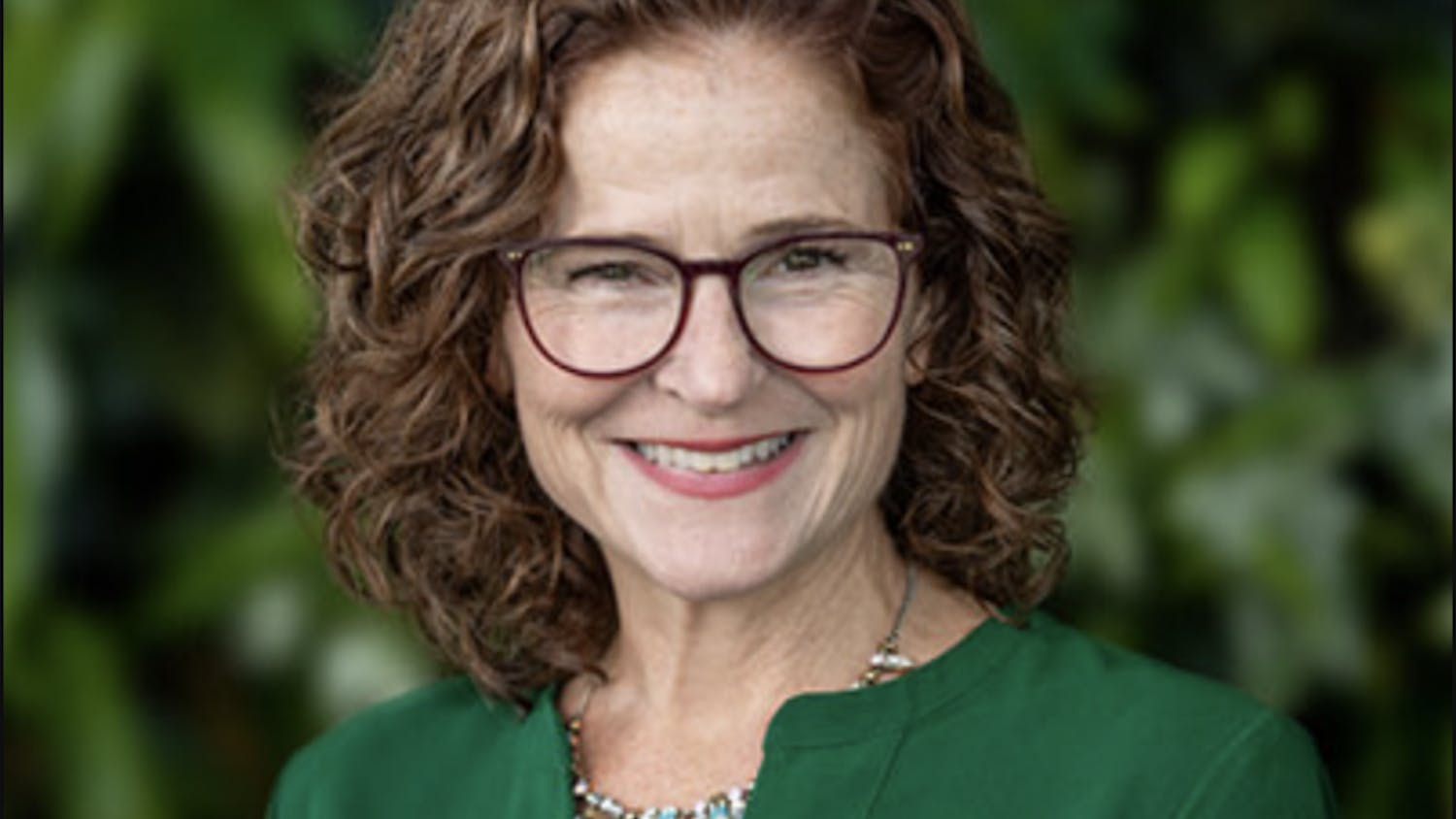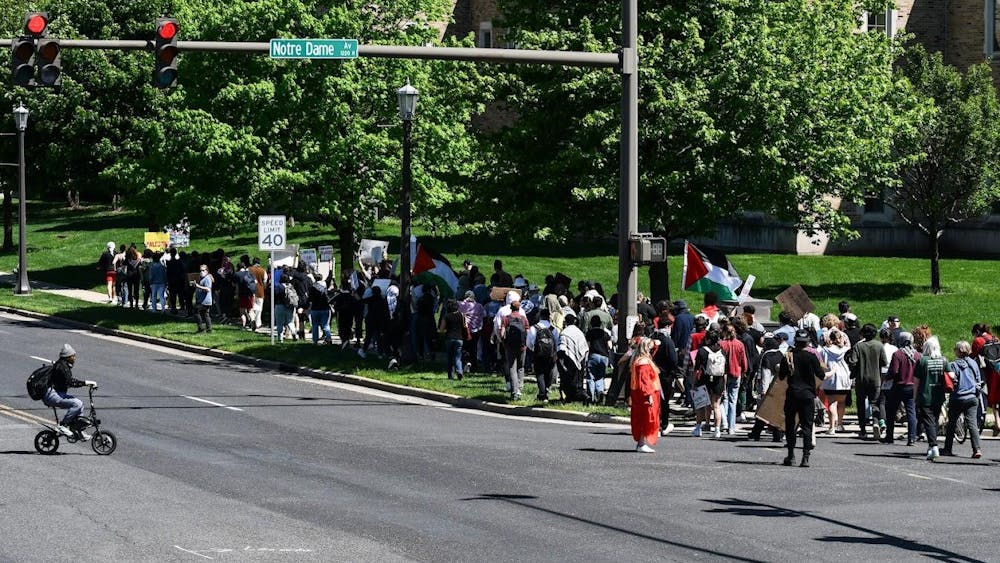Leaving the planet in better shape for future generations through good city planning should be a goal for both architects and citizens, said visiting architect Dhiru A. Thadani Wednesday.
Thadani, a Bombay native, discussed the five crises Americans face in city planning today and the lessons he learned about urbanism from living in India during a lecture at Bond Hall.

"Urbanism is a perspective solution to the crisis we face today," he said.
Thadani drew on his experiences working around the globe to support his points.
"When you work in the city, you really need to think beyond defining the little elements of the building, but the space you are making … being an architect not just of the building, but of the city," Thadani said.
He described the problems of population growth, the post peak oil era, climate change, public health and housing supply and demand. He compared working with climate change to "fighting a sumo-wrestler."
"America is addicted to oil," Thadani said. "Most other countries in the world including India are experiencing the same thing."
Large homes are a problem for levels of supply and demand in the housing market, Thadani said. The market does not meet the demand for single household homes, but the supply of large homes will exceed its demand for the next 40 years.

"We are building the wrong type of product," he said.
While these challenges can cripple good urban design, Thadani said city planners can learn from mistakes made in cities around the globe, such as his native Bombay. He said life in the city has declined in the past 35 years but was once a strong model for urbanism.
"This collection of buildings were designed to look like London, so when someone was arriving, they would feel like they were coming to a place that was familiar and civilized," Thadani said. "It was an amazing place to grow up."
While American cities such as Washington, D.C., improved in recent years, Bombay's architecture took backwards steps, Thadani said.
"D.C. has made all the right steps, taken the advice of planners … Bombay has done the reverse, it has pretty much destroyed the beautiful British city," he said.
Bombay is now a model for how not to plan a city, Thadani said. Bombay built "skywalks," or bridged walkways above the street, and fences to prevent pedestrians from crossing the street.
Thadani said architects need to remember streets are made for people and should be accessible to them.
"It is really ludicrous to send pedestrians up flights of stairs to walk across," he said.
"Pedestrians need to be on the street level, that is where they belong."
Thadani also said architects must remember that "small is beautiful."
Many cities, including Bombay, are embracing high rises, he said, but these areas will never be home to someone who is used to living in a low-rise building. According to Thadani, the key in building cities is through incremental growth.
Thadani said urban planning should also be more conscious of the environment in its efforts to go green.
Everyone wants to go green, he said, but in some ways these efforts do not help the environment. Building maintenance, such as cleaning, should be sustainable as well as the overall building design.
"Covering a building in green fluffy stuff doesn't make it green," he said. "I predict architects will build buildings that look like vegetables."
Building codes are another challenge to good city planning, Thadani said. Examples of well-designed neighborhoods like Washington, D.C., or Georgetown would not comply with many building codes if being built today.
"Most good urbanism all over the world is illegal," he said.
The last lesson Thadani presented was creating beauty in architecture. He said taxpayers deserve beautiful infrastructure, such as the Golden Gate Bridge in San Francisco, since that property belongs to everybody.
"You can't forget about beauty," Thadani said. "It is not only beautiful plans and buildings, but also beauty in infrastructure."












